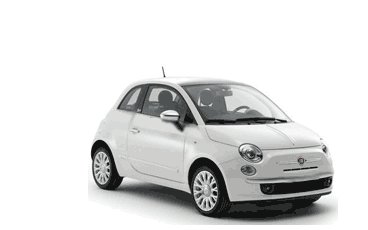JavaScript Objects
Real Life Objects, Properties, and Methods
In real life, a car is an object.
A car has properties like weight and color, and methods like start and stop:
| Object | Properties | Methods |
|---|---|---|

|
car.name = Fiat car.model = 500 car.weight = 850kg car.color = white |
car.start() car.drive() car.brake() car.stop() |
All cars have the same properties, but the property values differ from car to car.
All cars have the same methods, but the methods are performed at different times.
JavaScript Objects
You have already learned that JavaScript variables are containers for data values.
This code assigns a simple value (Fiat) to a variable named car:
var car = "Fiat";
Try it Yourself »
Objects are variables too. But objects can contain many values.
This code assigns many values (Fiat, 500, white) to a variable named car:
var car = {type:"Fiat", model:"500", color:"white"};
Try it Yourself »
The values are written as name:value pairs (name and value separated by a colon).
 |
JavaScript objects are containers for named values. |
|---|
Object Properties
The name:values pairs (in JavaScript objects) are called properties.
var person = {firstName:"John", lastName:"Doe", age:50, eyeColor:"blue"};
| Property | Property Value |
|---|---|
| firstName | John |
| lastName | Doe |
| age | 50 |
| eyeColor | blue |
Object Methods
Methods are actions that can be performed on objects.
Methods are stored in properties as function definitions.
| Property | Property Value |
|---|---|
| firstName | John |
| lastName | Doe |
| age | 50 |
| eyeColor | blue |
| fullName | function() {return this.firstName + " " + this.lastName;} |
 |
JavaScript objects are containers for named values (called properties) and methods. |
|---|
Object Definition
You define (and create) a JavaScript object with an object literal:
Spaces and line breaks are not important. An object definition can span multiple lines:
Example
var person = {
firstName:"John",
lastName:"Doe",
age:50,
eyeColor:"blue"
};
Try it Yourself »
Accessing Object Properties
You can access object properties in two ways:
objectName.propertyName
or
objectName["propertyName"]
Accessing Object Methods
You access an object method with the following syntax:
objectName.methodName()
If you access the fullName property, without (), it will return the function definition:
Do Not Declare Strings, Numbers, and Booleans as Objects!
When a JavaScript variable is declared with the keyword "new", the variable is created as an object:
var x = new String(); // Declares x as a String object
var y = new Number(); // Declares y as a Number object
var z = new Boolean(); // Declares z as a Boolean object
Avoid String, Number, and Boolean objects. They complicate your code and slow down execution speed.
 |
You will learn more about objects later in this tutorial. |
|---|
Test Yourself with Exercises!
Exercise 1 » Exercise 2 » Exercise 3 »

